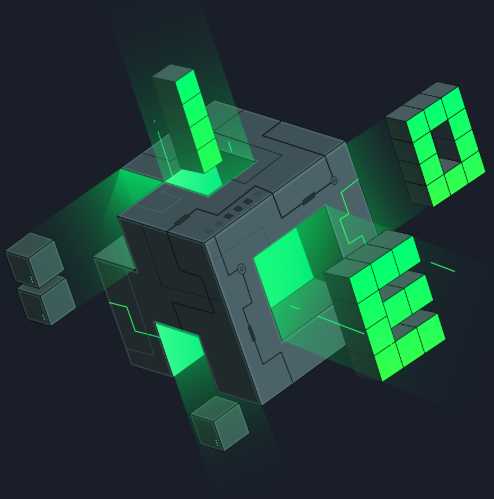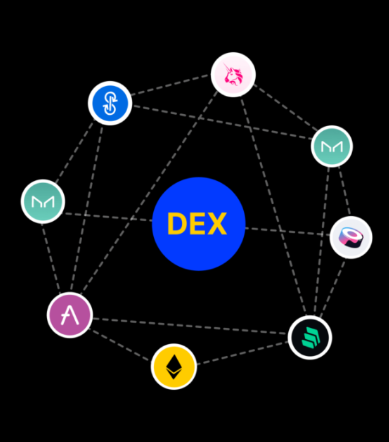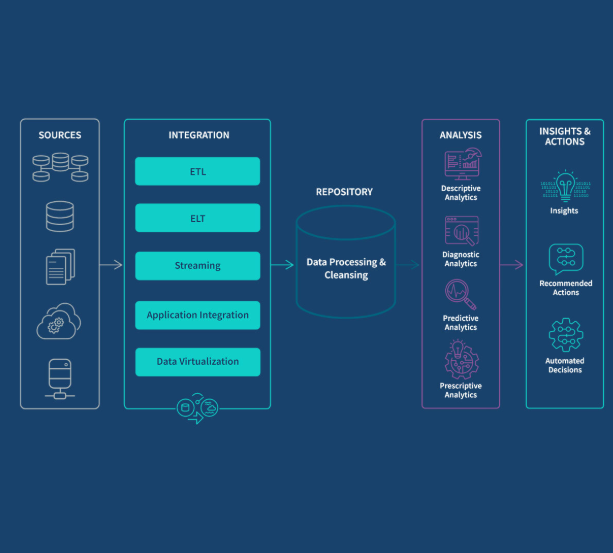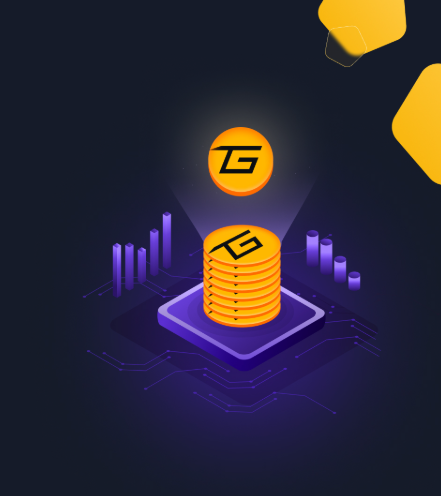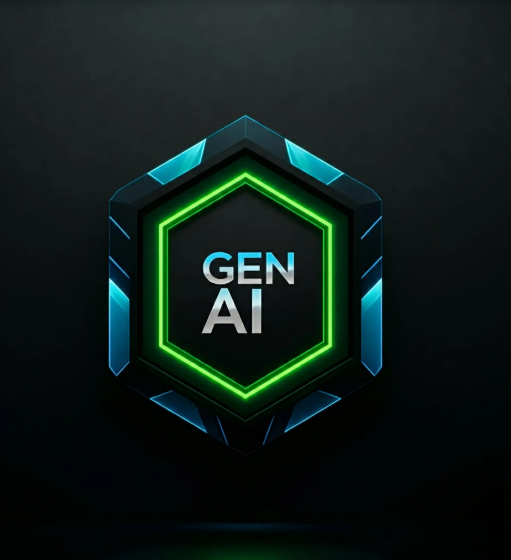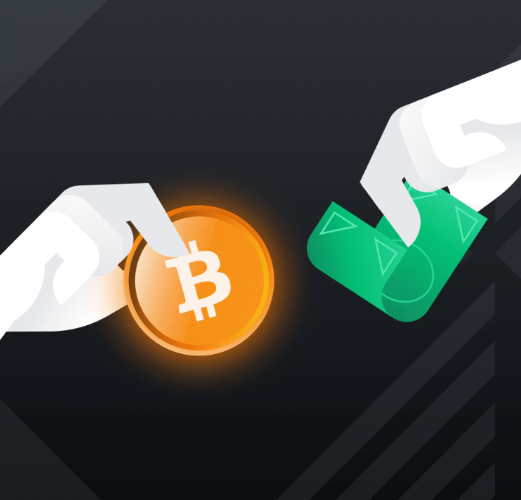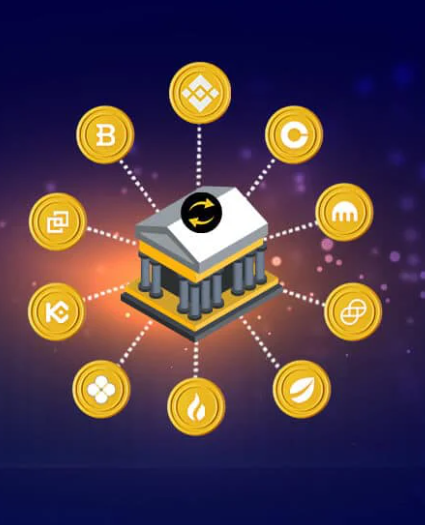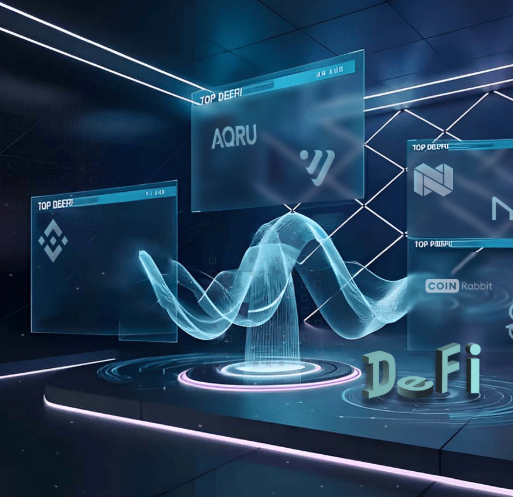
The blockchain ecosystem has witnessed tremendous growth, and so has the need for innovative and secure funding methods. While Initial Coin Offerings (ICOs) were once the go-to method for raising capital in the blockchain space, new models have emerged, driven by regulatory changes, investor caution, and technological advancements. These alternative funding methods offer better legal clarity, investor protection, and a more sustainable way of raising capital. This guide covers the most popular blockchain funding models beyond ICOs, providing insights on how these methods work and their advantages.
Why Seek Alternatives to ICO?
ICOs revolutionized blockchain funding by allowing projects to raise millions without relying on traditional venture capital. However, the ICO boom led to numerous scams, regulatory issues, and unsustainable projects. As regulatory bodies cracked down, investors became more cautious, which led to the development of alternative funding methods that offer more transparency, security, and legal compliance. These new models provide a more structured approach to fundraising, helping blockchain projects avoid the pitfalls associated with ICOs.
Types of Blockchain Funding Models Beyond ICO
- Security Token Offerings (STOs)
STOs are regulated fundraising methods where tokens represent ownership in real-world assets such as equity, bonds, or revenue-sharing agreements. STOs comply with securities laws, ensuring legal clarity and providing investors with greater security. This makes STOs attractive to institutional investors and those seeking a more regulated investment vehicle.- Benefits: Legal compliance, access to regulated markets, and enhanced investor trust.
- Use Case: Ideal for projects involving real estate tokenization, equity distribution, or any project requiring legal assurances and investor protection.
- Initial Exchange Offerings (IEOs)
IEOs are token sales conducted on centralized cryptocurrency exchanges. The exchange performs due diligence, including KYC and AML checks, and handles token distribution. By partnering with a well-established exchange, projects can access a broader investor base, benefiting from the platform’s reputation and liquidity.- Benefits: Immediate exposure to a large user base, trusted exchange partnership, and high liquidity.
- Use Case: Best for early-stage projects or blockchain ventures looking to raise funds quickly and gain exposure.
- Initial DEX Offerings (IDOs)
IDOs are decentralized token offerings hosted on decentralized exchanges (DEXs) like Uniswap or PancakeSwap. These offers are decentralized, transparent, and community-driven, allowing anyone to participate. IDOs are often quicker and more flexible than traditional fundraising methods, with tokens being traded immediately after launch.- Benefits: Decentralized nature, low-cost entry, and instant liquidity.
- Use Case: Perfect for DeFi protocols, open-source projects, and initiatives seeking grassroots community support.
- Venture Capital and Blockchain Venture Funds
Blockchain venture funds focus on providing long-term capital and strategic support to blockchain startups. These funds are composed of institutional investors who offer not only capital but also mentorship, market insights, and access to valuable networks. This is a traditional, yet highly effective, model for scaling blockchain businesses.- Benefits: Long-term financial support, credibility, and strategic guidance.
- Use Case: Suitable for blockchain startups with a proven product, revenue model, or disruptive technology looking to expand into new markets.
- Decentralized Autonomous Organizations (DAOs)
DAOs represent a community-driven model where token holders participate in decision-making and funding. Projects are funded collectively, with governance and funds managed through smart contracts. This model reflects the decentralized ethos of blockchain, offering greater transparency and community involvement.- Benefits: True decentralization, community participation, and collective fund management.
- Use Case: Best for projects that prioritize transparency and want to be governed by the community, such as DeFi apps or NFT initiatives.
Key Blockchain Use Cases Driving Funding Needs
The need for different funding models is driven by a variety of blockchain use cases. From decentralized finance (DeFi) platforms to enterprise blockchain solutions, the versatility of blockchain technology demands adaptable funding models. As these use cases evolve, so too do the funding methods that support them.
Managing Funds in Blockchain Wallets
For blockchain projects, managing funds securely is crucial. Here’s how to add, store, and withdraw funds from a blockchain wallet:
- Add Funds: Users can transfer funds to their wallet by copying the public wallet address and using it to send crypto from exchanges or other wallets. Transaction confirmation is usually done through a blockchain explorer.
- Funds Storage: Unlike traditional banks, blockchain wallets do not “hold” funds. Once assets are transferred, they remain in the wallet indefinitely until moved again by the wallet holder using a private key.
- Withdraw Funds: To withdraw funds, users need to input the recipient’s address, select the token and amount, confirm the transaction with their private key, and pay the required transaction fees.
Role of Blockchain Development Companies
Blockchain development companies play a crucial role in building compliant and scalable funding platforms. These companies assist with:
- Designing token issuance models and creating smart contracts for automated funding processes.
- Integrating blockchain wallets and ensuring interoperability across different platforms.
- Ensuring the platform adheres to regulatory standards, including KYC/AML compliance.
Cost of Blockchain Development for Funding Projects
Building a blockchain platform for funding involves significant costs. The budget is influenced by the complexity of the project, the chosen funding model, and the necessary legal and technical infrastructure. For example, STOs require detailed smart contracts, investor verification, and compliance tracking, making them more expensive than simpler models like IDOs. Additionally, security and customization needs can further drive up costs. On average, developing a blockchain funding platform can cost between $40,000 and $200,000 or more.
Benefits of Exploring Blockchain Funding Alternatives
Exploring alternative funding models offers several advantages:
- Regulatory Compliance: STOs and IEOs comply with global securities laws, ensuring legal protection for investors.
- Investor Trust: Transparent processes, KYC checks, and governance frameworks help build credibility.
- Flexibility: Different models support a wide range of projects, from DeFi platforms to enterprise applications.
- Transparency: Blockchain’s immutable nature allows complete visibility into how funds are allocated and used, increasing accountability.
Building a Sustainable Token Economy
To ensure long-term success, projects must focus on building a sustainable token economy:
- Utility and Demand: Tokens should have a clear use case within the platform.
- Incentives: DeFi strategies like staking and governance can boost token demand.
- Liquidity: Ensure tokens are tradable on exchanges to maintain liquidity.
A well-designed token economy helps increase investor confidence and adoption, ensuring the project’s long-term success.
Conclusion
As the blockchain space evolves, so too do the methods for securing funding. With options like STOs, IEOs, IDOs, DAOs, and venture capital funds, blockchain projects now have more secure, regulated, and sustainable ways to raise capital. Choosing the right funding model is crucial for a project’s success, and aligning it with legal frameworks and investor expectations is key to building a thriving business in the blockchain ecosystem.





